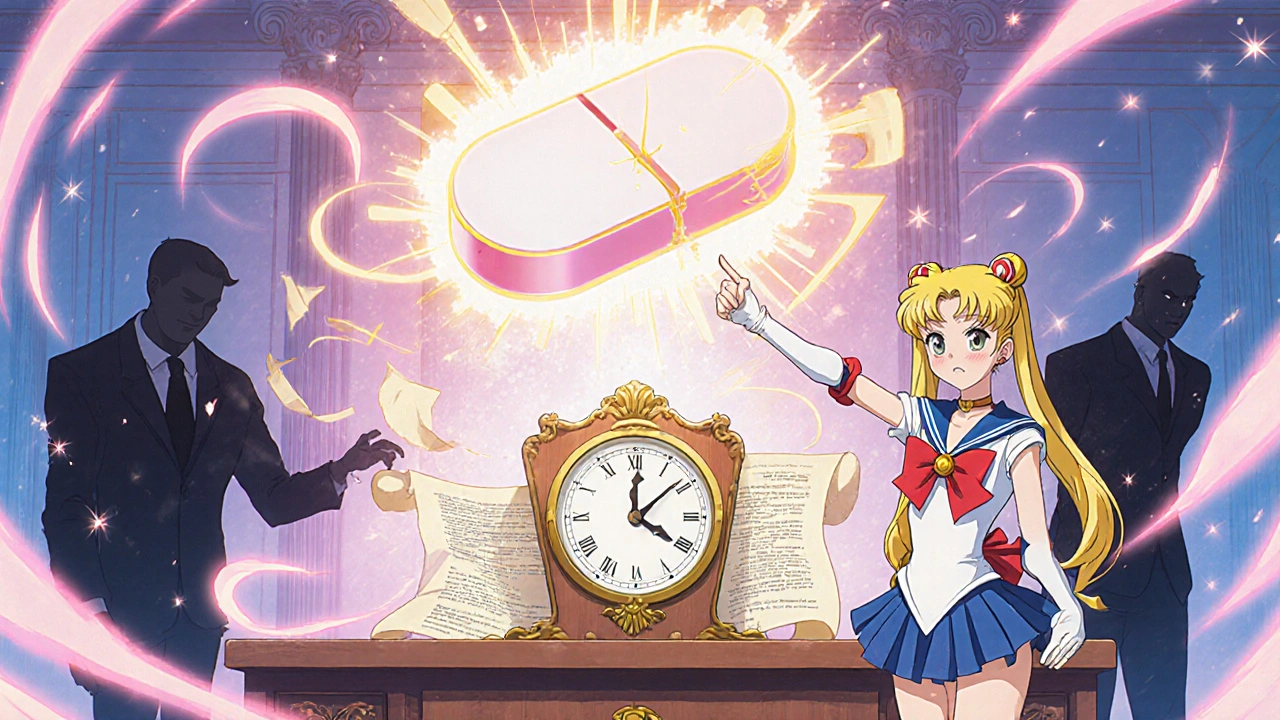Hatch-Waxman: How Generic Drugs Get Approved and Why It Matters
When you pick up a generic version of a brand-name drug, you’re seeing the result of the Hatch-Waxman Act, a 1984 U.S. law that created the modern system for approving generic medications while protecting brand-name drug patents. Also known as the Drug Price Competition and Patent Term Restoration Act, it’s the reason you can buy the same medicine for a fraction of the cost. Before this law, companies spent years and millions just to prove a generic drug worked—despite the fact that the active ingredient was already proven safe. Hatch-Waxman fixed that by letting generic makers rely on the original brand’s safety data, as long as they showed their version was absorbed the same way in the body.
This law didn’t just make drugs cheaper—it created a legal balance. Brand-name companies got extra patent time to make up for the years lost during FDA review, while generic makers got a clear path to enter the market after patents expired. It’s why drugs like Lipitor, Prilosec, and Plavix now have affordable copies. But Hatch-Waxman also sparked legal battles over patent extensions, "evergreening," and whether generics were truly equivalent. The FDA’s Abbreviated New Drug Application, a streamlined filing process for generic drugs created under Hatch-Waxman became the backbone of this system. And because of it, today’s generic drug market is worth over $100 billion annually, saving U.S. patients tens of billions each year.
What you won’t see on the bottle is how Hatch-Waxman shaped everything from how long a drug stays exclusive to why some generics arrive months after patent expiry. It’s behind the rise of companies like Teva and Mylan, and it’s why you can now find generic versions of almost every common medication—from blood pressure pills to antidepressants. But the law isn’t perfect. Some brand-name firms delay generics with legal tricks, and not all generics perform identically in every patient. That’s why posts here cover real-world issues: drug interactions with generics, side effect reports tied to specific manufacturers, and how the FDA monitors quality after approval.
You’ll find articles here that dig into how Hatch-Waxman affects the drugs you actually use—like why a generic version of Cozaar might cost $4 instead of $150, or how the approval of a new generic can change the entire market for blood thinners. These aren’t abstract legal debates. They’re about what’s in your medicine cabinet, what you pay for it, and whether you can trust it to work just like the brand. This collection connects the dots between patent law, real patient experiences, and the science behind drug equivalence. What you’re reading now isn’t just history—it’s the reason your prescriptions are affordable today.
